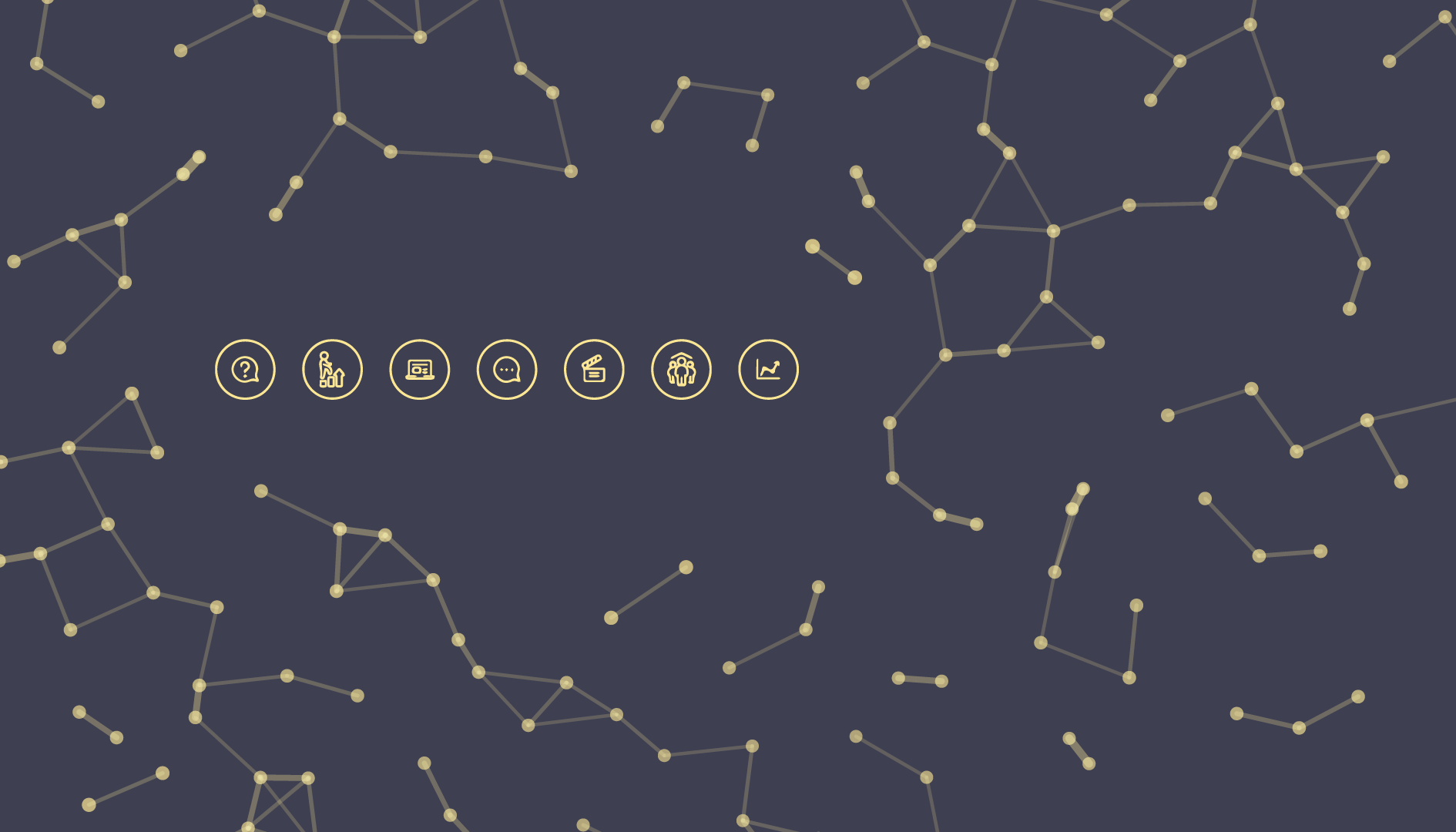Oxford Dictionary defines empathy as “the ability to understand and share the feelings of another.” The last few years have highlighted the importance of experiencing empathy and appreciating those who show it to us.
According to a survey by EY, “mutual empathy between company leaders and employees leads to increased efficiency, creativity, job satisfaction, idea sharing, innovation, and even company revenue.”
Why is empathy important for our industry?
In the field of data and data visualization, understanding the perspectives of others is essential. The smart and hard work put into stories is constantly thought through the lens of the audience.
Core to this work is building lasting relationships. Possessing empathy will go a long way for not only your relationships with others but also for your mental well-being.
Empathy enables us to give and receive grace, have honest conversations with our employees (and our bosses) about our human experience at work, and encourage improvement and growth.
A case study in empathy through the hit television show Ted Lasso
Ted Lasso, a comedy-drama show about an American football coach who overnight becomes a manager of a Premier League soccer team in England, surprisingly touches on leadership for such a show steeped in laughs.
One example is when the club’s marketing and public relations manager (Keeley) is nervous to tell her boss (Rebecca) she is leaving the organization to start her own firm. Throughout the show, Rebecca gave Keeley more responsibilities, which ultimately led to her going out independently.
Before telling Rebecca this news, Keeley spoke with a trusted advisor and another senior member of the organization (Leslie). When Keeley mentioned how nervous she was to tell Rebecca, Leslie shared a valuable lesson.
“A good mentor hopes you will move on,” Leslie said. “A great mentor knows you will.”
And when Keeley ultimately told Rebecca she was leaving, Rebecca couldn’t have been more excited for her. She knew it was time for Keeley to move on.
Great leaders know that great employees will move on to different challenges at some point and are mentally prepared to handle the news. They can understand and share their feelings about how and why their employees made that decision.
This is a sign of empathy and one of many examples we see from Ted Lasso on the importance of seeing the perspectives of others.
Putting this into practice
So, how do you possess and build empathy? I have a proven 15 – 30-minute exercise—creating an empathy map—that’s helped people build deeper relationships within their teams, executives, customers, and other key groups.
As you go through this process, it’s important to think about somebody you’re trying to build a relationship with at work. It could be your manager, an executive, a client, someone you manage, or a peer.
Take out a piece of paper and answer as many of these questions as you can about this person.

First, who are they and what is their role? Do you have a solid understanding of their responsibilities? It’s important to understand if they can’t articulate their role.
Second, what are their goals? This is the most important aspect of this exercise. What problem(s) are they solving and what are their success factors?
Third, what do we know about their behavior? How are they speaking with their teams? Do they appear to be accessible? When you speak with them, are they intentionally listening to you or are they distracted? Do they follow through on what’s promised?
Fourth, how are they influenced? Whose opinions matter to them. This also relates to media consumption. If they spend 30 minutes per day watching videos or television, reading articles, or listening to podcasts, what are they?
Fifth, what are their fears, frustrations, and anxieties? This is the most vulnerable of the questions as these are deeply personal and may be difficult to determine. Keep in mind, some of these answers might focus less on their professional life, and understanding any personal challenges—friends, family, personal health, etc.—they might be living with daily.
Finally, what are their hopes and dreams? These can also be hard to pin down. However, understanding their personal and career ambitions are critical when understanding the decisions they make.
Even if you don’t have all the answers to these questions right away, being aware of these will go a long way to building lasting relationships.
This is also an important exercise to do for yourself. How would you answer these questions? To what degree do those around you know enough about you to build strong relationships with others?
Look forward to hearing from you on what you learned during this exercise. What did you learn about yourself and those around you? Please send me a message and let me know!
After spending his public relations career leading award-winning campaigns for Adobe and Microsoft, and after losing and keeping off 150 pounds, Mark founded Chasing the Sun to empower people to shine. Chasing the Sun helps companies design their Culture of Well-being to create healthy teams and a healthy bottom line. He delivers keynote speeches on employee culture and well-being topics, including "Leading with Empathy."






